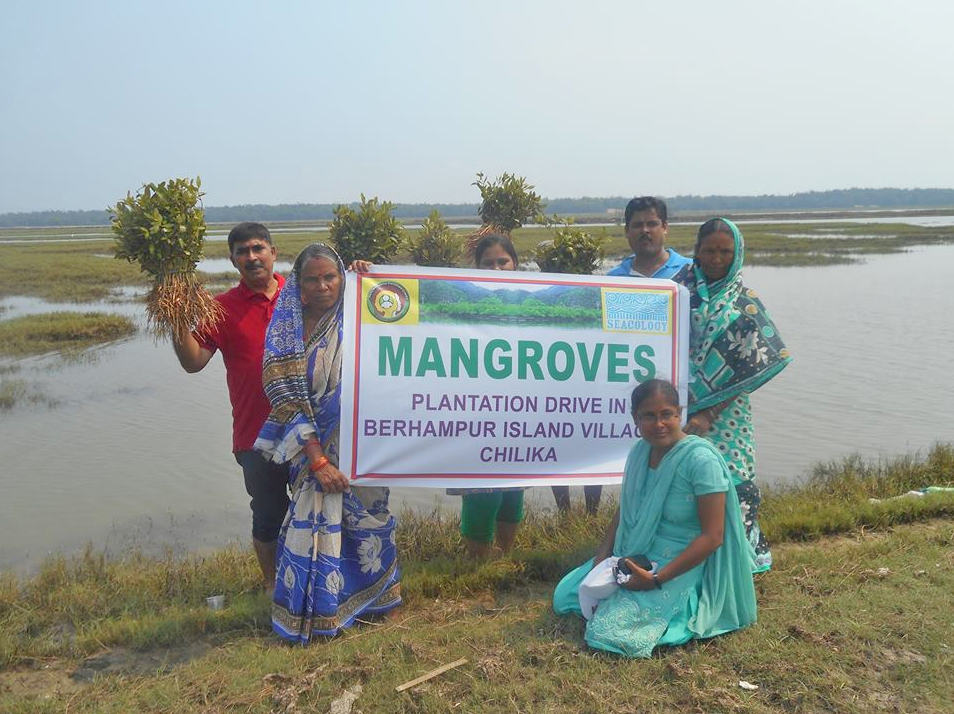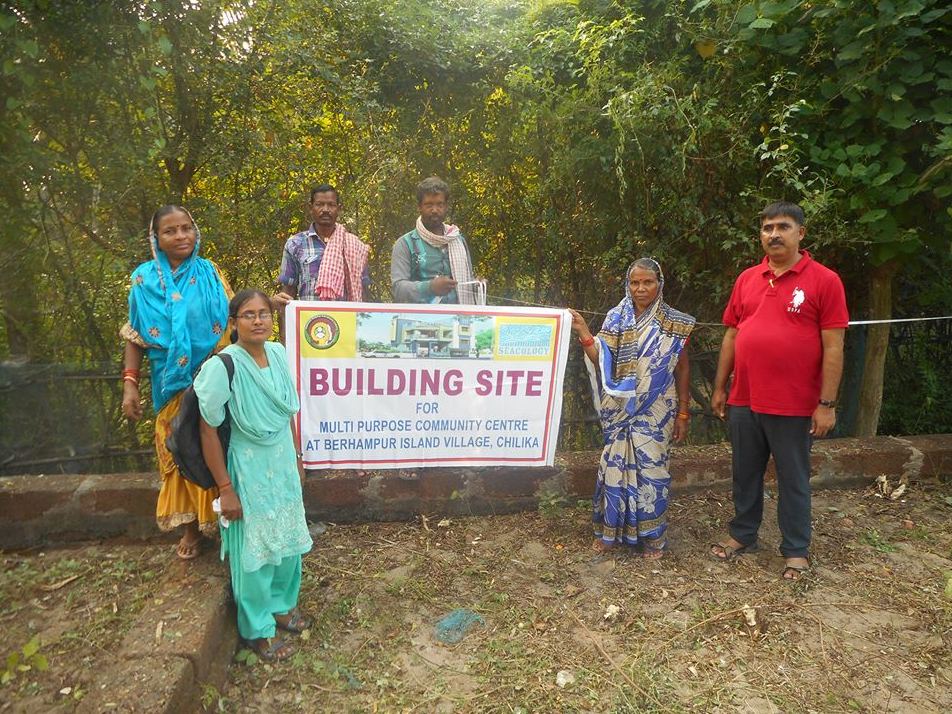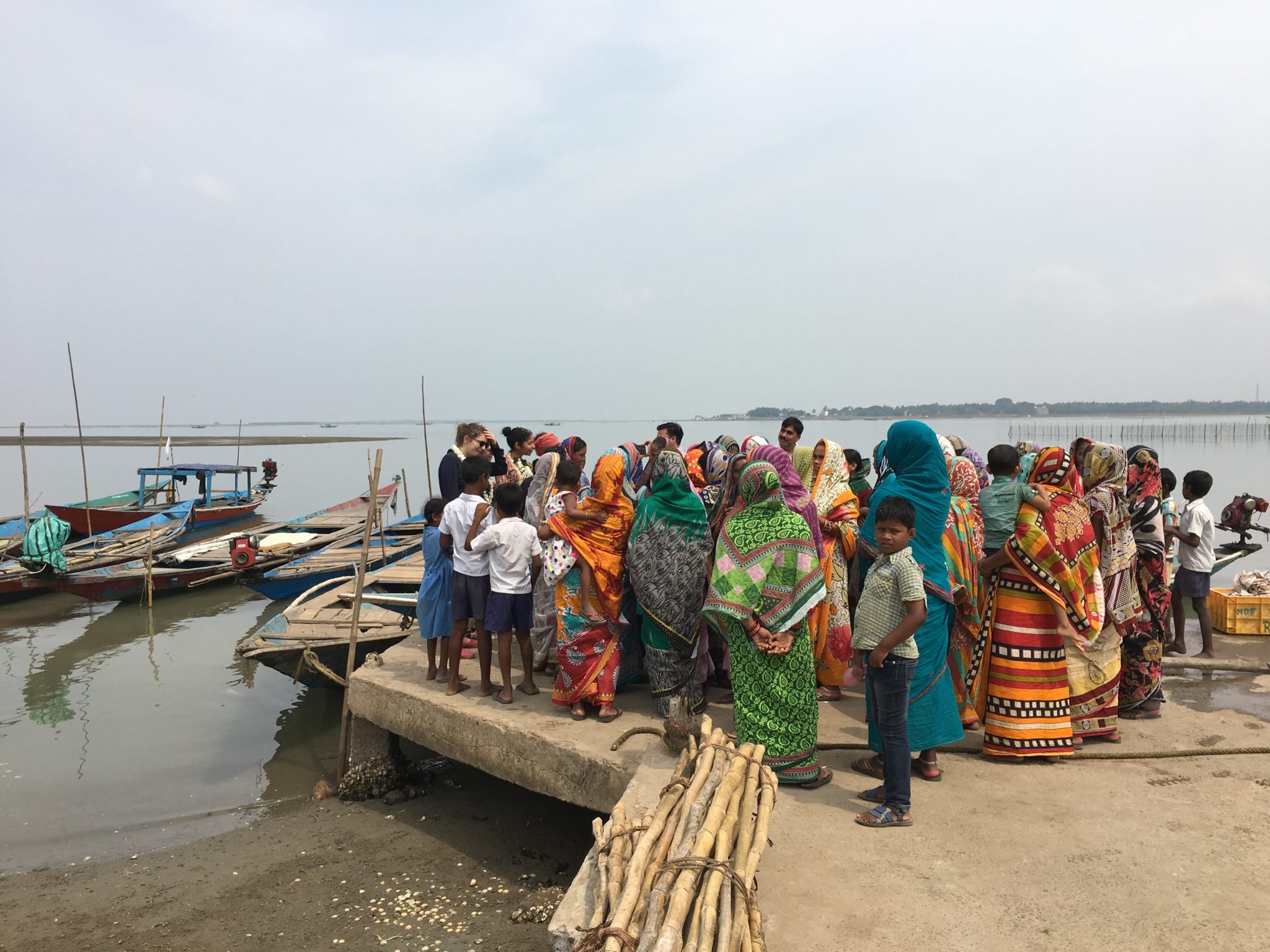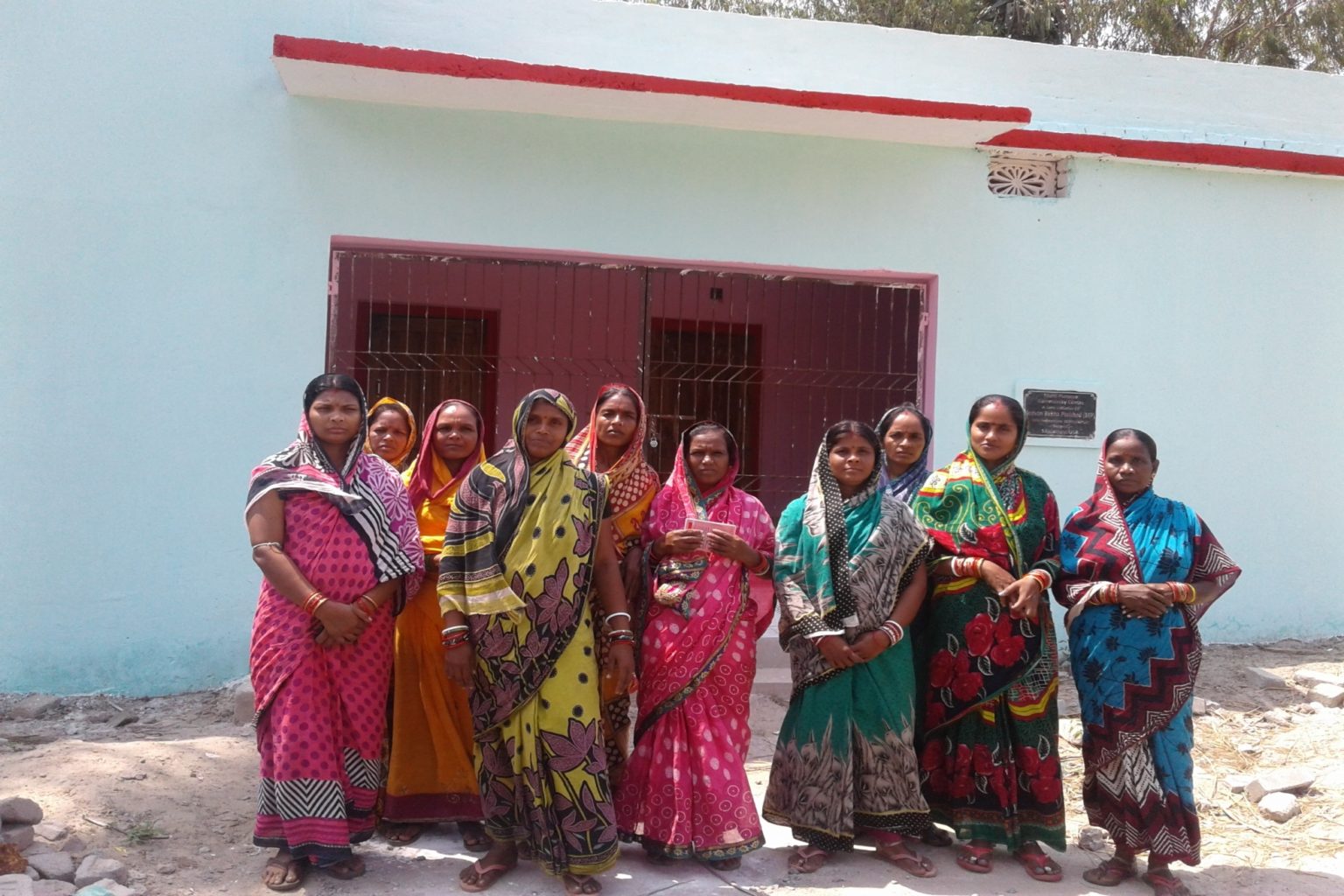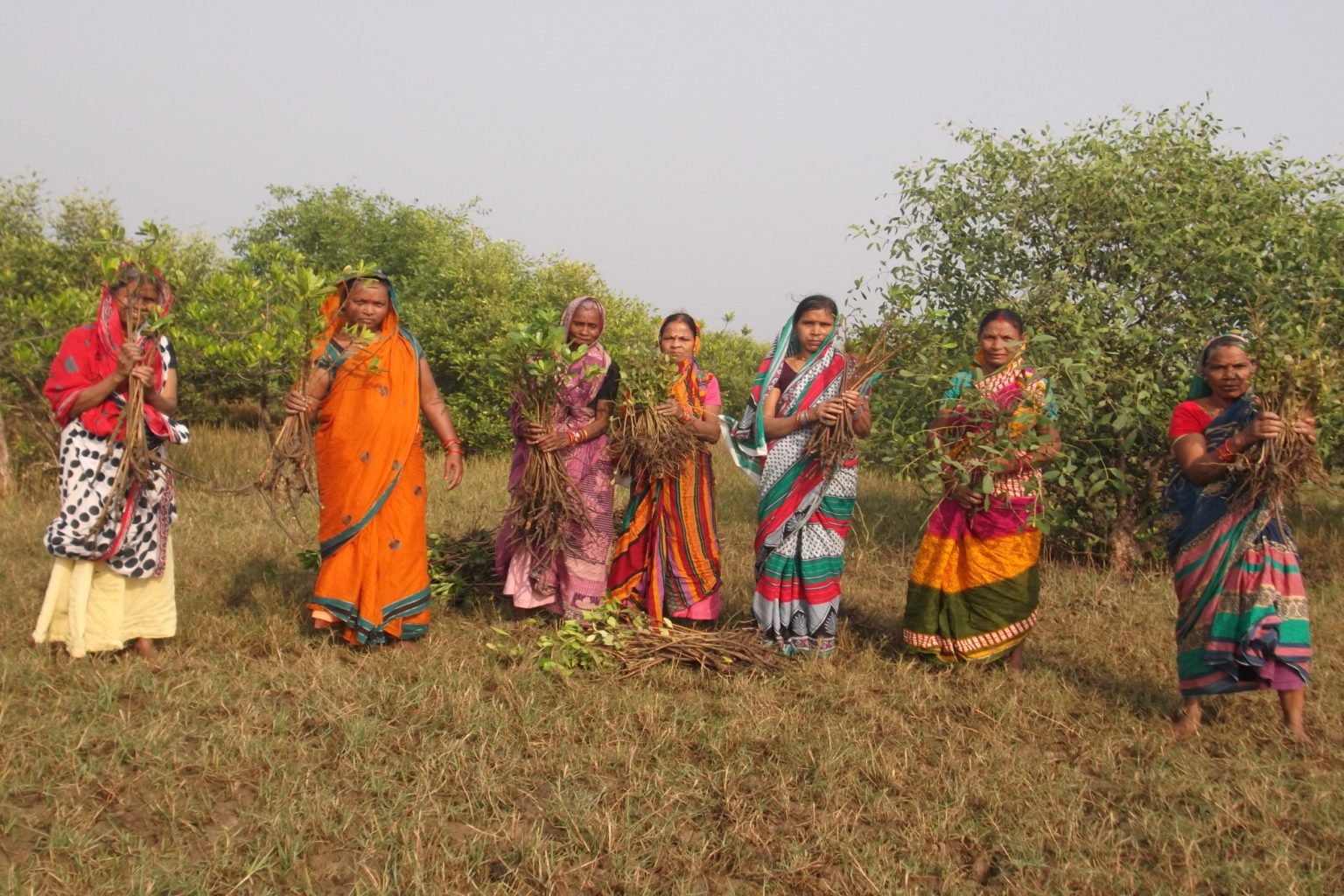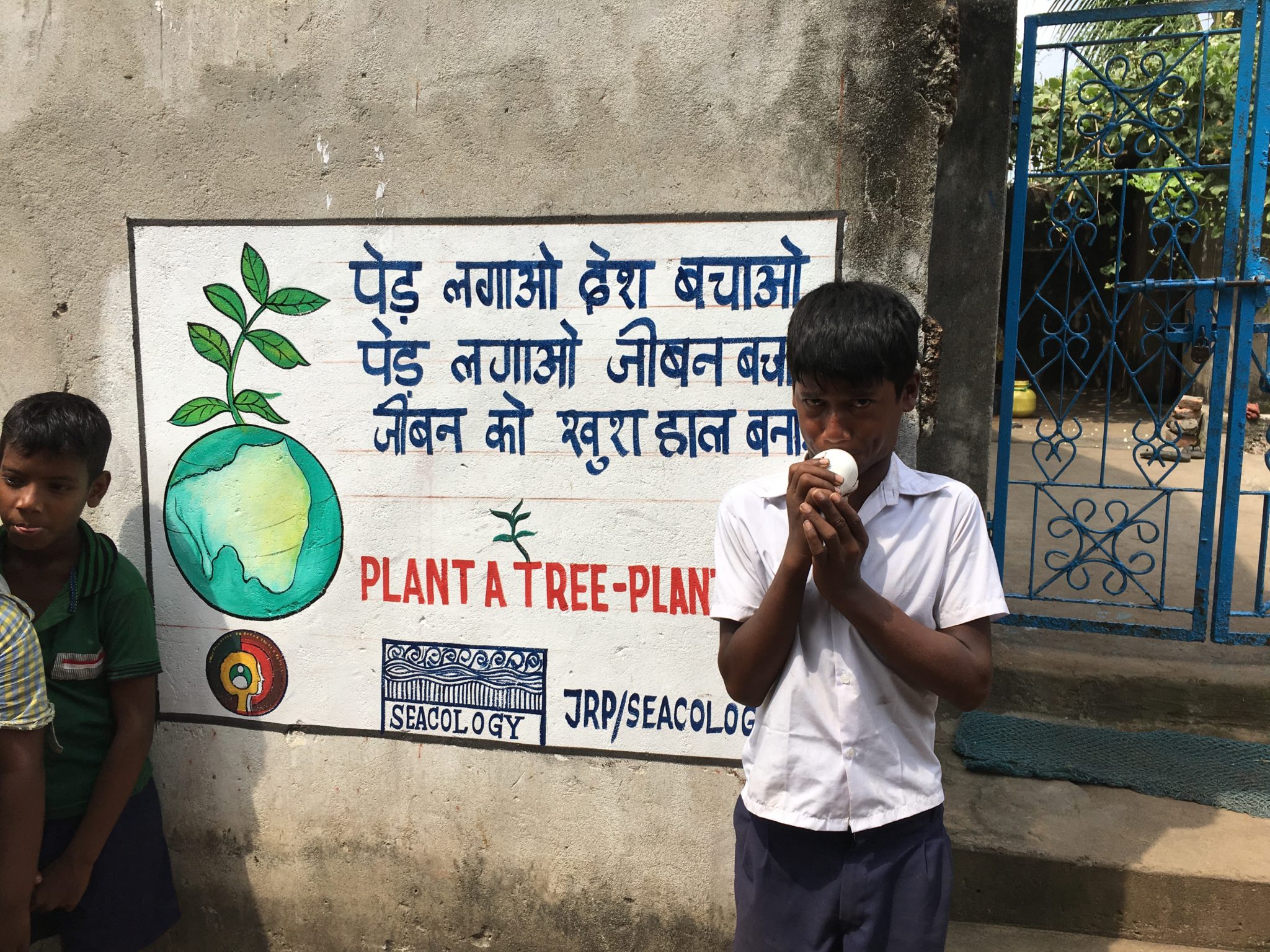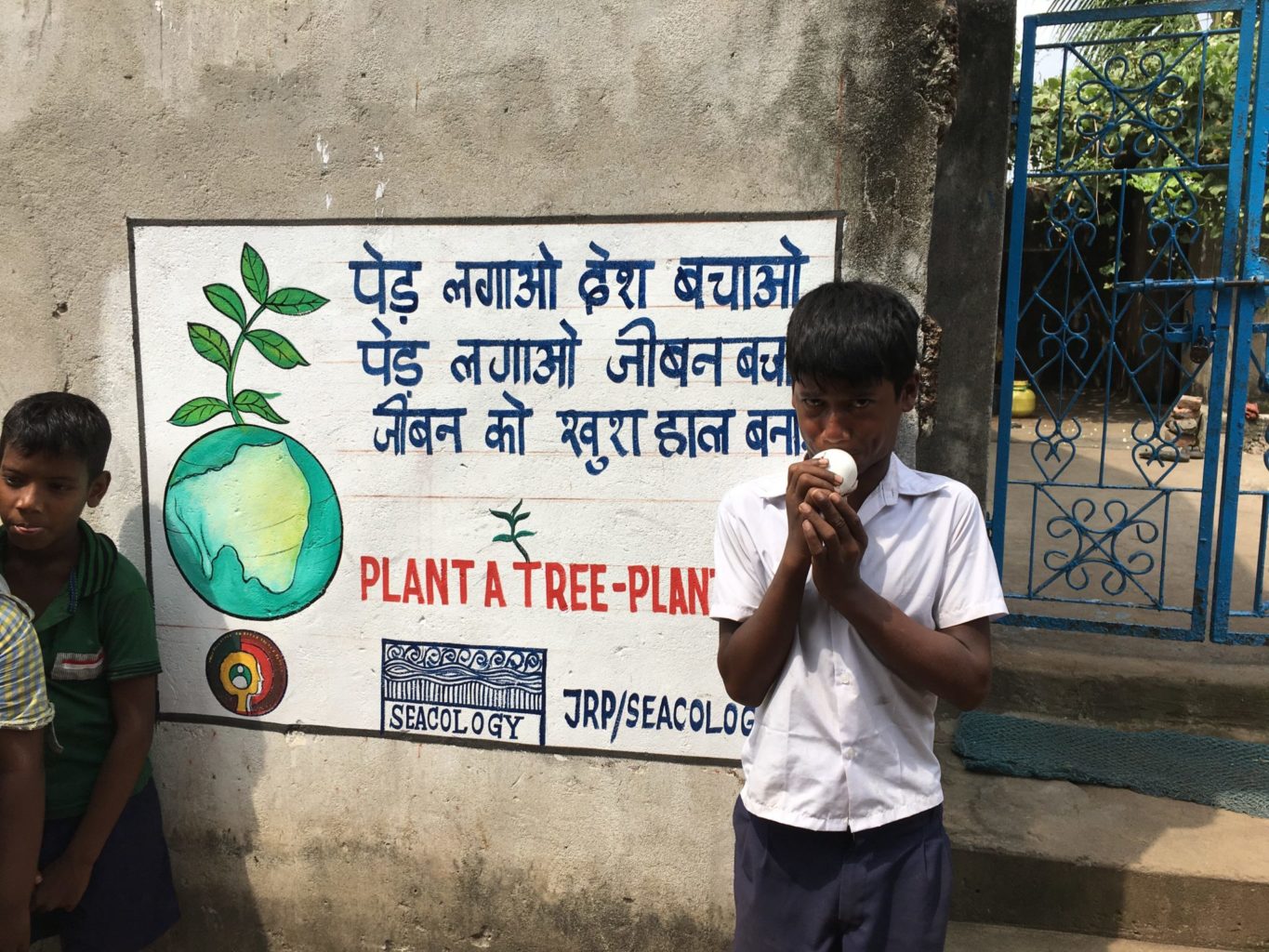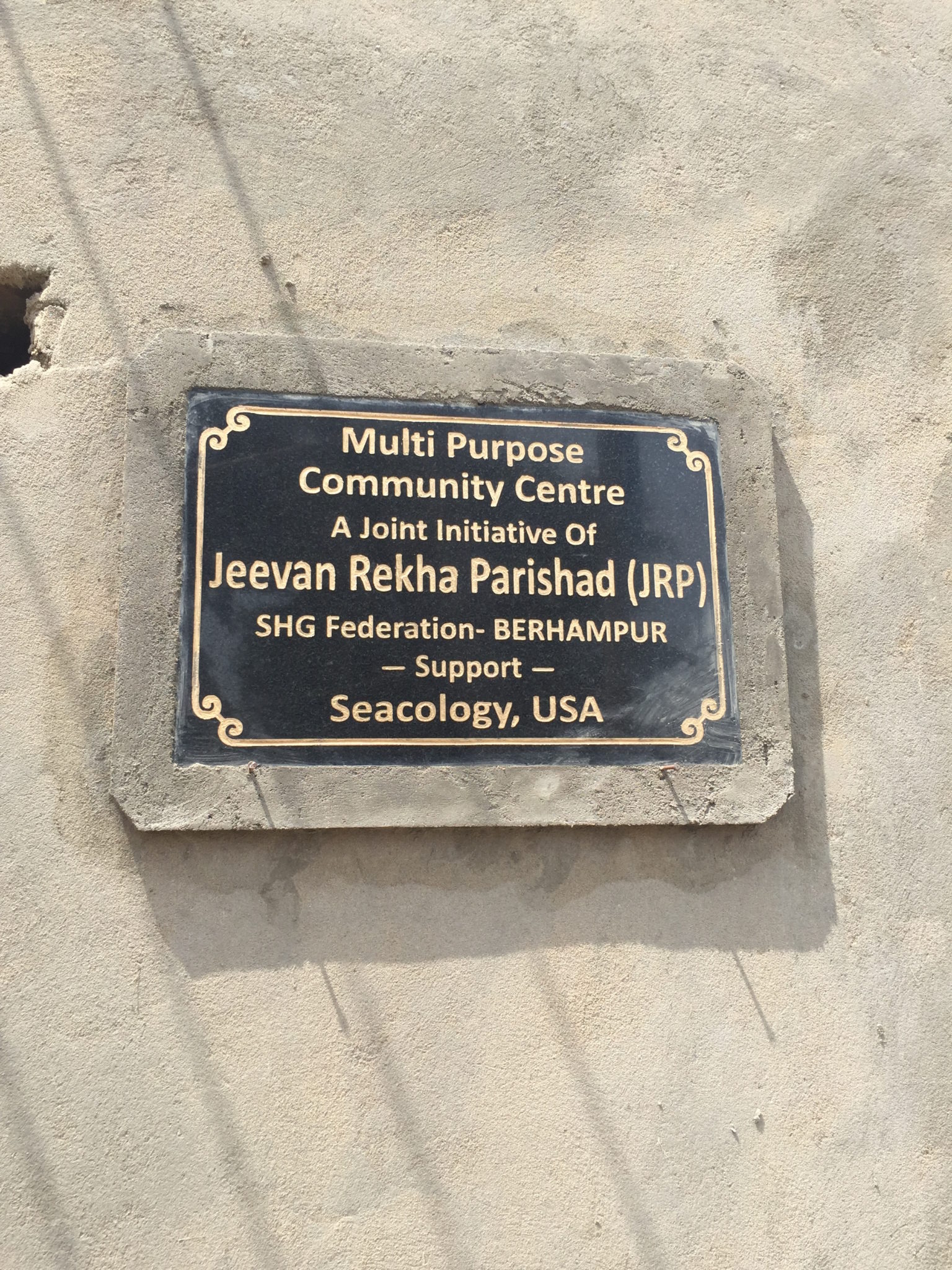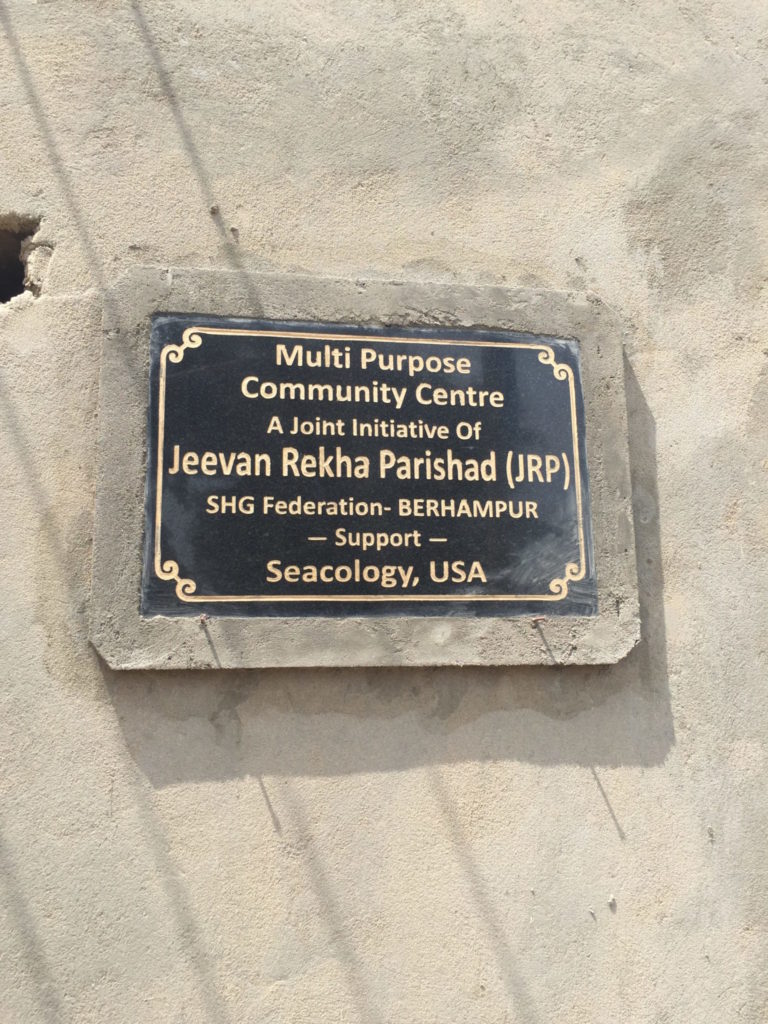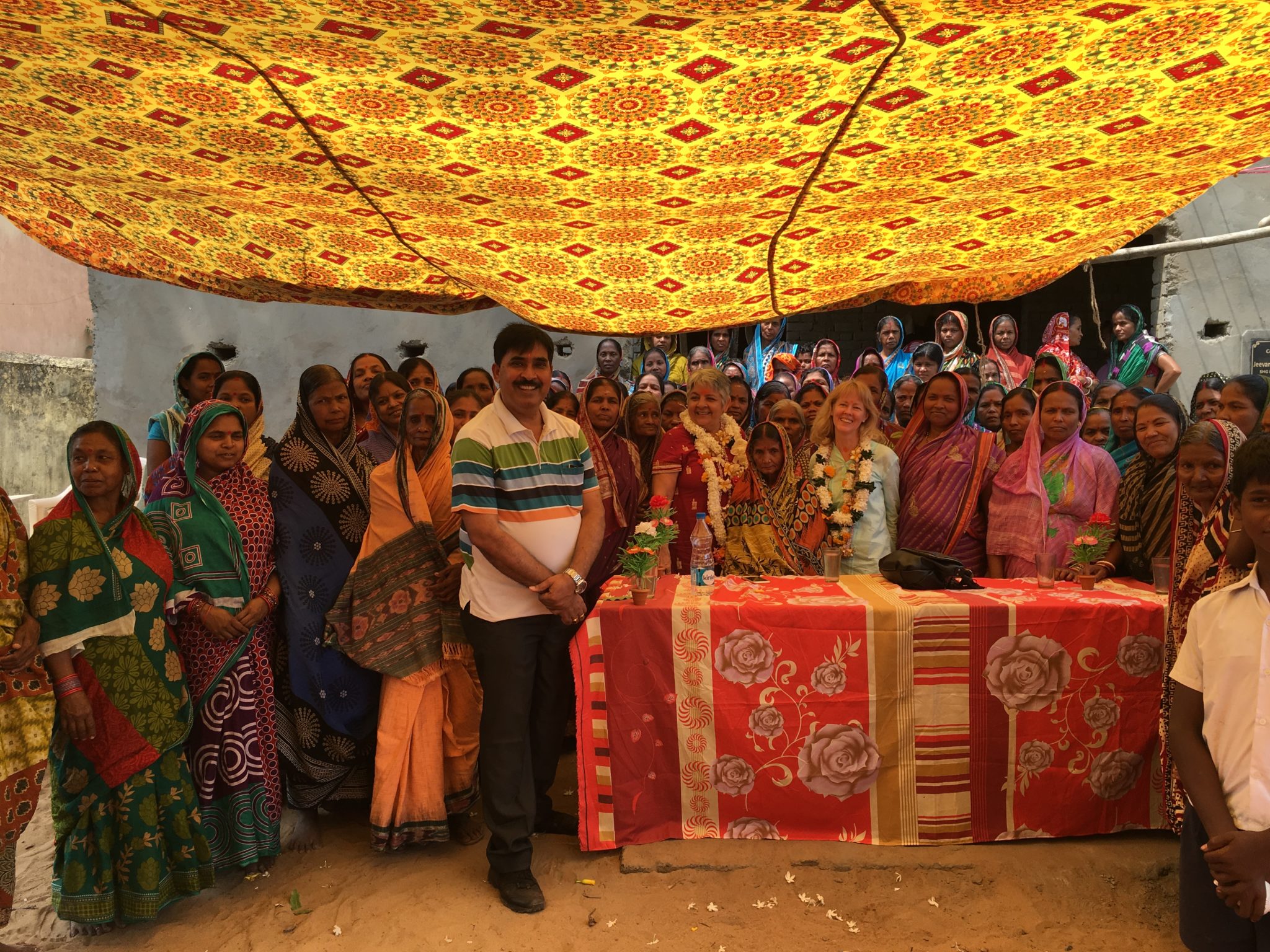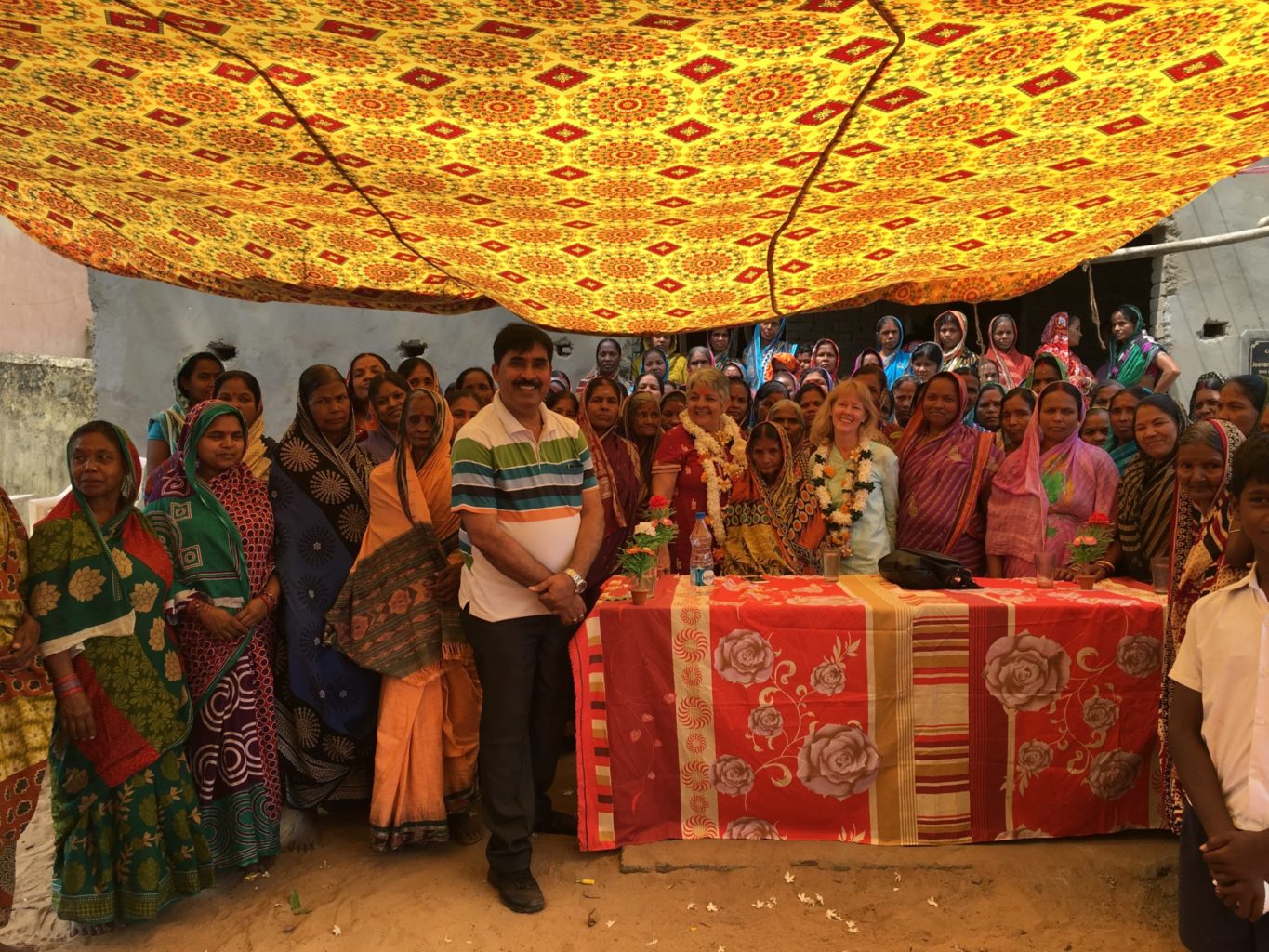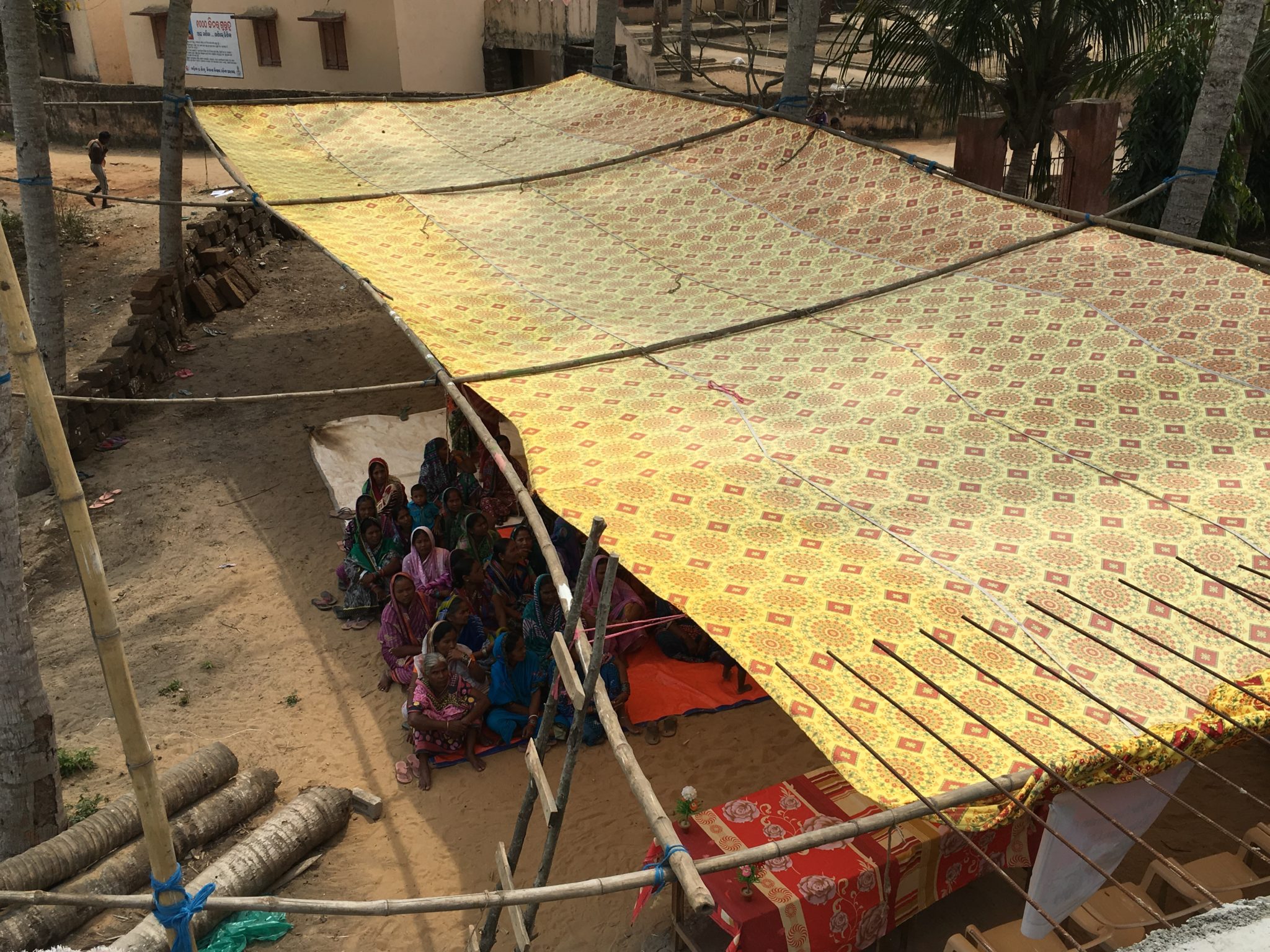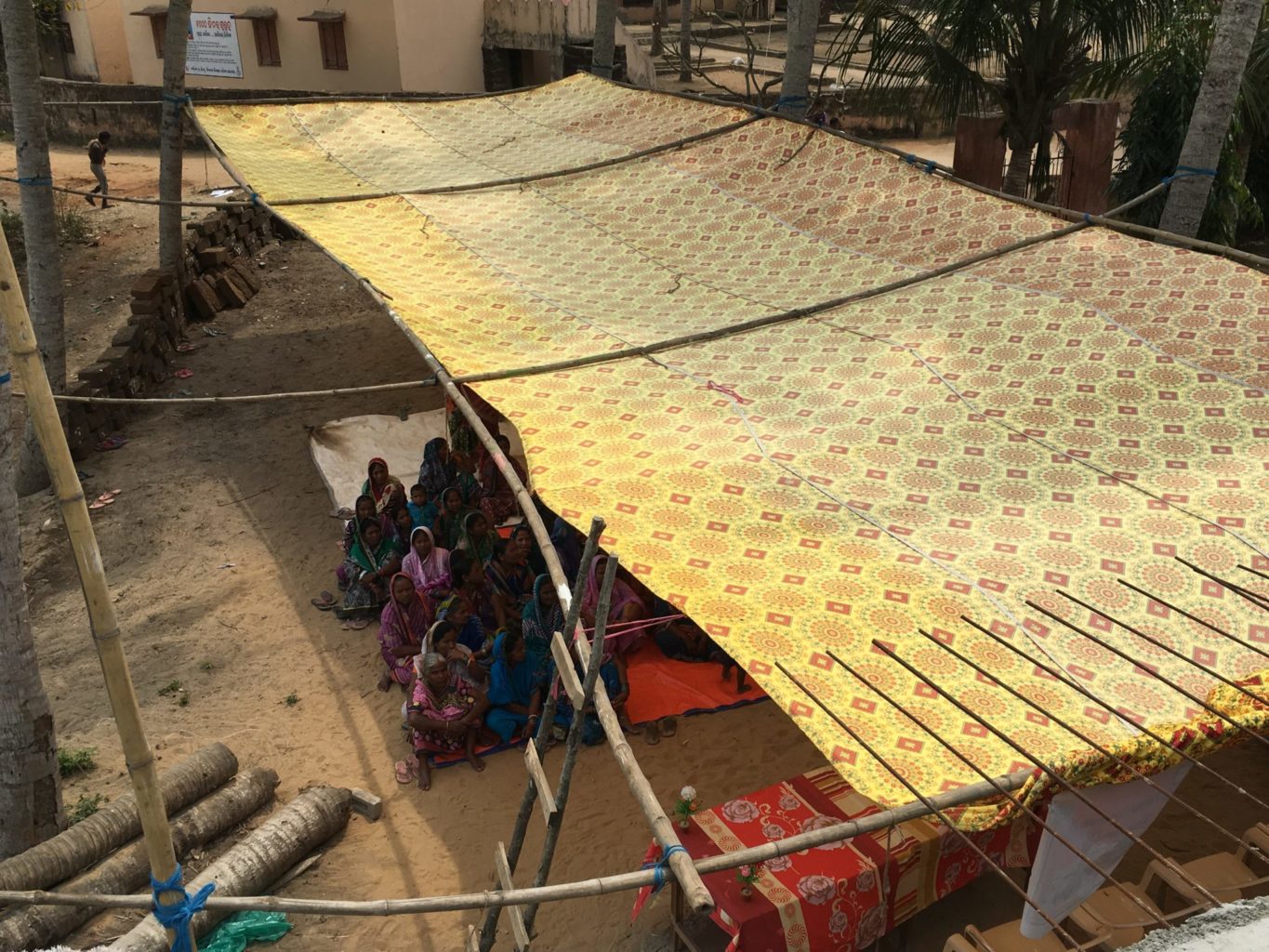Chilika Lake, on India’s east coast, is the largest brackish lagoon in India. It covers almost 400 square miles, and has a narrow opening to the Bay of Bengal. The lake’s astounding biodiversity includes a rich fishery and the largest wintering ground for migratory waterfowl on the subcontinent. It is home to many rare and endangered species, including the Irrawaddy dolphin, green sea turtle, spoon-billed sandpiper, fishing cat, limbless skink, and khainga (milk fish).
More than 150,000 people make their livelihoods from the rich fishing grounds. But overfishing, irresponsible fishing practices, commercial shrimp farming, erosion, and pollution threaten the lake, its wildlife, and its people. The well-established local NGO Jeevan Rekha Parishad (JRP), is launching a “Save Chilika Lake” movement, addressing a variety of problems facing the communities. As part of this effort, Seacology is funding a community center for the fishing community on Berhampur Island. It will be managed by the local women’s self-help group, assisted by the village head. The community will undertake environmental education, alternative livelihood training, and tree-planting, including mangroves.


